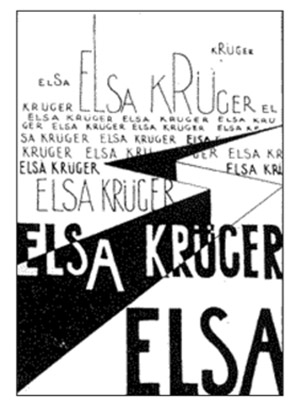Elsa Kruger, Queen of Tango
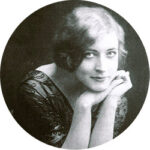
Improvisation and passion, incredible plasticity and beauty of dance - this is tango! A dance that was born in the port slums of Argentina at the end of the 19th century and conquered the whole world at the beginning of the last century.
The planet celebrates Tango Day on December 11th.
And now, ladies and gentlemen, before you is the incomparable Elsa Kruger!
There is no information about the stay of the famous European “queen of tango” Elsa Kruger in Königsberg (and even more so in Wehlau, today’s Znamensk) a hundred years ago. However, her name was well known to the townspeople. Evidence of this is an old postcard with a view of the Grosse Vorstadt in Wehlau.
In our case, the advertisement for Elsa Krüger cigarettes is just a pretext, a starting point for a story about a dancer who took a worthy place in the theatrical galaxy of the early twentieth century.
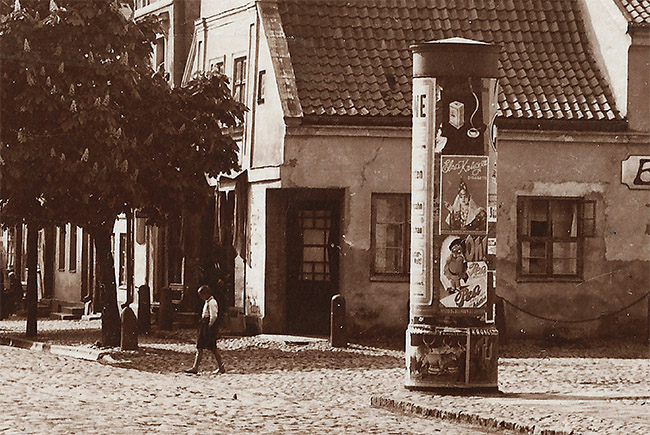
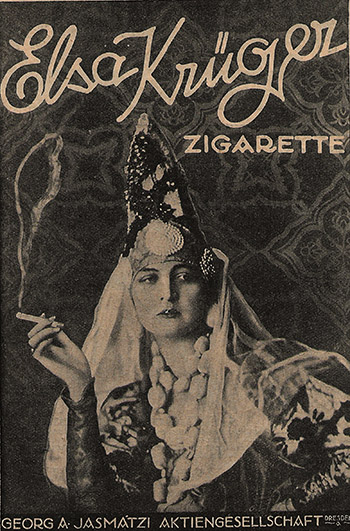
Elizaveta Emilievna Kruger was born in 1893 in Kharkov. After graduating from the private ballet school of Lidiya Nelidova in Moscow, Elizaveta became an actress at the “Theater of One-Act Plays” (it was also called the “Mamonovsky Theater”, since it was located in Mamonovsky Lane, next to Tverskaya Street) of Maria Artsybusheva. On a small, dark velvet-upholstered stage of a cozy hall, similar to a modern movie theater hall, she performed modern - fashionable! - dances, full of feelings, emotions, experiences and love. Kruger (who was noticed by both critics and the public) soon became a star, receiving the title of “queen of tango”, which she first performed in 1913, when the reputation of this dance was far from unambiguous…
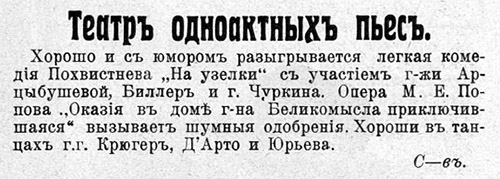
Officers were forbidden to dance the tango, and schoolboys were not allowed to even attend evenings where this dance was performed. But Kruger decisively overstepped all the official prohibitions surrounding this, as it was then considered, "depraved and vicious" dance.
“And only a smile arises, hearing that “tango” is indecent; after all, in “tango” there are no sharp gestures, there is nothing rude, cynical... there is beauty in it, an amazing capture of feeling, it calls because it convinces... It is only a prelude to love...” – this is how the dancer spoke about this dance in an interview for the magazine “Theater in Caricatures”.
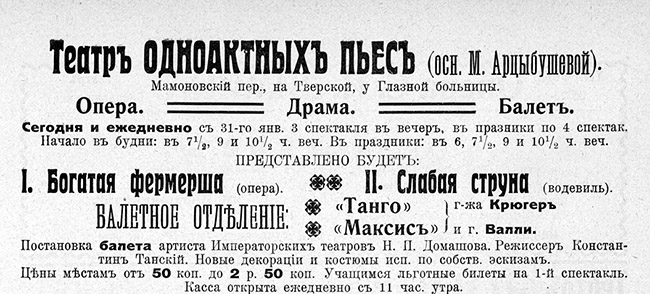
Despite the bans, tango rapidly gained popularity.
"Tango" has completely turned everyone's heads. They tango everywhere now: in salons, drawing rooms, theaters, clubs, circuses, etc.," wrote the editor of the magazine "Theater in Caricatures" in early 1914. "Tango times have arrived. No one can excuse themselves by not knowing "tango," otherwise they might be considered a sick individual."
Soon after the resounding success of her dance numbers with the public, Kruger decided to change her name on the posters from "Yelizaveta Emilievna" to the short and sonorous "Elsa". Thus, in 1914, Elsa Kruger appeared...
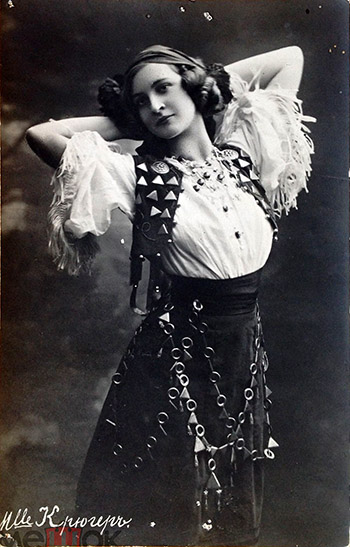
"At this time, a new thing appeared on the dance horizon. The latest fashion. Tango.
Marya Alexandrovna <Artsybusheva>, taking into account the public's interest in this dance, immediately called the choreographer Domashev from the Bolshoi Theater and agreed that for a certain amount he would stage a tango for her "girls."
Domashev chose the well-built and rather beautiful Elsa Kruger, and as her partner he took a young student, her admirer Valentin (I forgot his last name), also a very interesting and slender young man. Elsa had an orange-orange dress sewn, and Wally (as he was listed on the playbill) rented a tailcoat from Taldykin's costume shop.
Domashev staged the dance in an interesting and, most importantly, new way, with a large dose of sex. The audience was delighted. <…> The box office receipts went up.
I had absolutely nothing to do in this program, and I seriously thought about my position in the theater.
Remembering my poetic abilities, I decided to write sharp parodies on the burning issues of the day. The main concern of the day was, of course, tango. I wrote the first parody, “Tango – a Dance for the Gods.” Then another parody, “Furlana” (this was the name of a new dance that appeared after tango). Then the third, which ridiculed the love story of a socialite who cheated on her husband with a rich admirer because of a karakul sak, which she really wanted to have and which was very fashionable that season in Moscow. Years passed, and now she sews winter hats for her children from this karakul… The parody was called “Warm Sin.”
Having demanded a rented tailcoat, I came out immediately after the tango of Kruger and Wally and rather unceremoniously made fun of them. The audience was delighted again…"
Alexander Vertinsky "The Long Road"
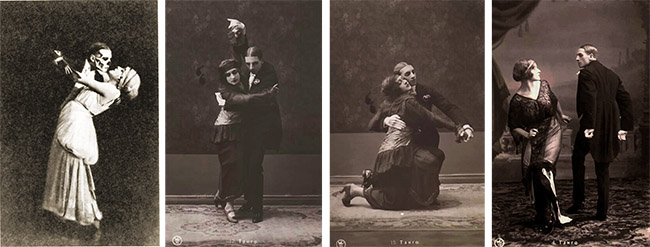
Elsa is surrounded by bohemians... Famous artists, directors, actors. Among them are fashion designer, theatrical costume designer and "Supplier to Her Imperial Majesty" Nadezhda Lamanova, designer and avant-garde theater artist Alexandra Exter, futurist artists Natalia Goncharova and Mikhail Larionov, "sad Pierrot" Alexander Vertinsky and many, many others...
Pre-war newspapers are full of announcements and reviews of the performances of the “famous, incomparable and delightful” dancer. Elsa Kruger’s talent is applauded by fans from Moscow and St. Petersburg to distant Tomsk.

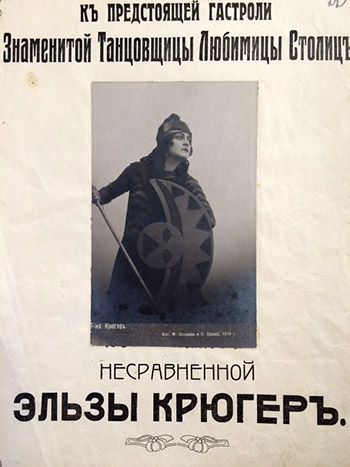
Tango became the meaning of Elsa's life. And her life and destiny were reflected in this dance. Having changed several partners, at some point Elsa Kruger began to dance tango solo. And subsequently there would never be a man next to her in this dance. And that very saying that "it takes two to tango" would appear four decades later... In America... But Elsa, apparently, simply did not know about it, and proved the opposite...
This is how one of the spectators remembered the tango solo performed by Elsa Kruger:
“I personally have seen tango many, many times, but I understood, comprehended, and was captivated by it only once.
It was in Moscow, in a bright, large hall, and it was danced by a tall, slender woman in a matte, wide-cut black dress, with yellow, smoothly combed hair and large, wide-open, as if amazed, blue eyes, shining widely on a pale, sculpted face.
It was Elsa Kruger.
And it suddenly seemed to me that instead of a salon-social dance I see a strict and finished choreographic ritual. The movements are soft and solemn, the white hands have some exciting sharpness, the legs seem to have grown into the floor, they need to be torn from the ground with a predatory force, and this force is at the same time so light, melodious, plastic.
The body is quiet and smooth, but occasionally sways, as if the strings of an inner, hidden temperament are flowing in it. The face is petrified, not a shadow of psychological emotions in it, no sadness, no joy, no lust. The eyes are open and understand something and see what is beyond this hall, beyond the syncopated chords of the enchanting motive, giving them an understanding of the captivating rhythm."
The actress performed the tango solo for many years. It became almost legendary, and time did not change anything in it. Only the details became more and more precise, the audience was more and more amazed by its incredible precision of rhythm, the cohesion of the dance with the melody.
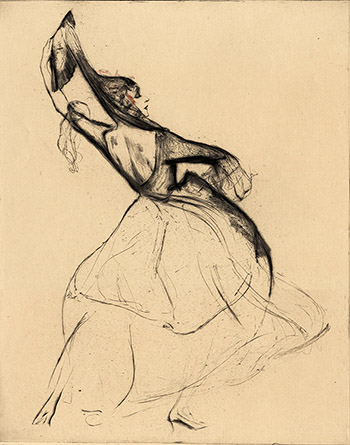
The popular "tanga dancer" was invited to star in a film - a melodrama "Silent Witnesses" (1914) by the Russian director Yevgeny Bauer (he is also an actor, photographer, artist). But, unfortunately, the director did not film Elsa Kruger's dances. And in general, unfortunately, we do not have a single film frame with the dances of the famous dancer...
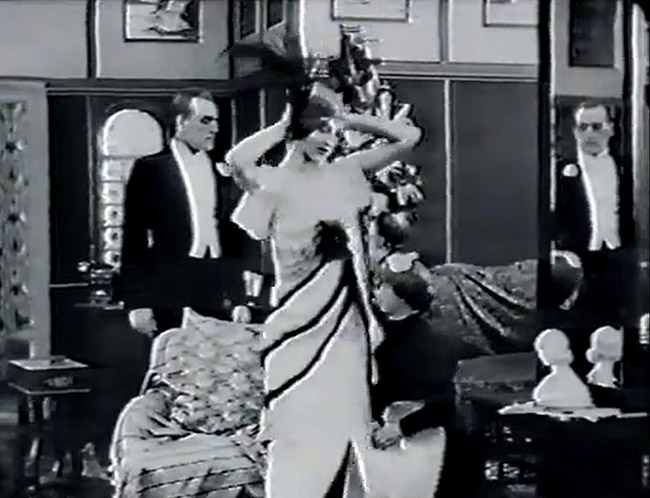
In 1917, a new stage in the dancer’s life began: Elsa moved to Odessa, where she opened the “E. Kruger School of Performing Arts”.
The school was not conceived as a simple temporary studio, of which there were many at that time. Elsa developed an extensive curriculum, in which everything spoke of a serious approach, designed for a long-term educational process. Despite the fact that education was paid, the school was not considered a commercial enterprise, although, according to the recollections of contemporaries, plans for its development were quite serious. Despite the difficult situation in the country, a year after the opening, the next set of students was announced.
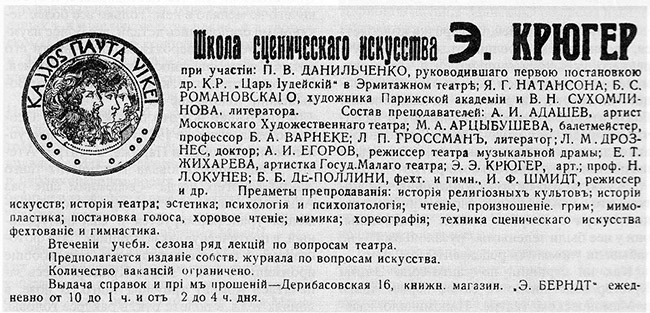
In addition to teaching, Elsa performed new dances on stage in Odessa. Tango, of course, did not disappear from the repertoire, but many new numbers appeared, which the actress performed in costumes made according to Exter's sketches.
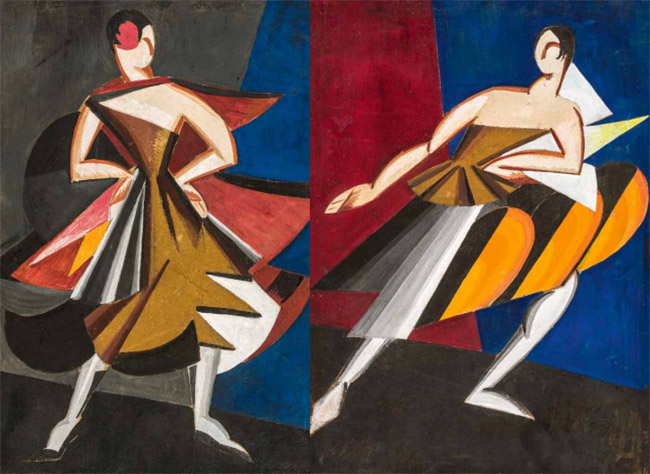
In January 1920, Elsa left for Romania, and from there to Berlin, taking with her all of Exter’s costumes, in which she would continue to perform on European stages.
The Russian emigration, of course, remembers its idol, but Elsa is beginning to conquer the European public. The tour list includes stages of European capitals, contracts with theaters in Vienna, Berlin, London...
Her popularity quickly becomes universal. This is confirmed by those very cigarettes named after her, with which we began our story.
And here we should mention a person who played an important role in Elsa’s creative life in exile.
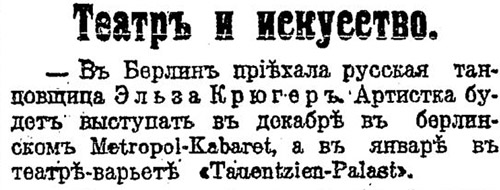
Ernst F. Gütschow, director of the Dresden tobacco factory "Georg A. Jasmatzi", collector and the last pre-war owner of Czoch, one of the most beautiful castles in Lower Silesia, financed some of Elsa's creative ideas.
The talent and beauty of the Russian dancer captivated the Dresden tobacco magnate, and Gütschow invited her as a model to advertise the products of his tobacco empire.
Elsa Kruger's special merit was the creation in Berlin in 1922, together with Boris Romanov, Anatoly Shaikevich and Elena Smirnova, of the "Russian Romantic Theatre", the main sponsor of which was the same Gütschow.
The "Russian Romantic Theatre" was conceived, first and foremost, as a theatre of classical ballet. Perhaps that is why, despite the fact that it was Elsa who became the ideological inspirer of this theatre, it was she who managed to attract patrons, she did not assign herself a primary place in the troupe of thirty people, mainly composed of former artists of the imperial theatres.
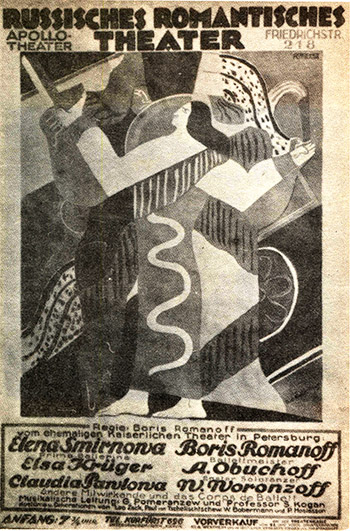
The Russian Romantic Theatre became the second major undertaking of the Russian ballet school in Europe after Sergei Diaghilev's Russian Seasons. But the life of the Russian Romantic Theatre was short - it existed for only two and a half seasons...
After its closure, Elsa gave concerts, performing mainly her Odessa repertoire. And she still continued to dream of a theater that would embody her ideas about a new ballet. Elsa partially realized her ideas as a choreographer in the production of the ballet "Don Juan" to Gluck's music for the Cologne Opera in 1929, and several other productions.
In Germany, Elsa appeared in two films: “Villa in Tiergarten” (“Die Villa im Tiergarten”, 1927) and “Border Patrol” (“Grenzfeuer”, 1934).
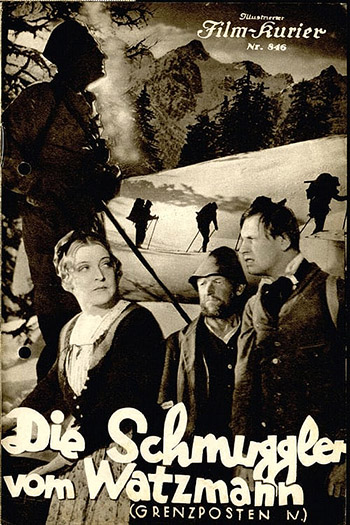
But soon changes took place in Germany too… Elsa Kruger’s name disappeared from the posters. And even the date of her death is not exactly known. But thanks to the surviving posters, magazines, playbills and a huge number of postcards depicting the dancer in numerous stage images and magnificent costumes, the memory of her has not disappeared…
...like a trail of melting cigarette smoke, Elsa is here in Kaliningrad...
A fragment of a vase from a broken cafe
with only one
inscription in blue and white - ELSA KRUGER - something like
a message from the city that
stood on this place where
I am now walking and collecting stones
in a trench dug for a future foundation - a porcelain fragment
of someone else's history in front of me on the table like a time bomb - the war is over. But peace has not come.
Illustration for the poem by Kaliningrad poet and artist Andrey Tozik from the collection “River without Time”, 1996.
Sources:
Kovalenko G.F. Elsa Kruger . — Cultural Monuments. New Discoveries. Yearbook 1999, Moscow, Nauka, 2000.
E.E. Kruger on "tango" . - Theatre in caricatures, M, 1913. p. 24.

